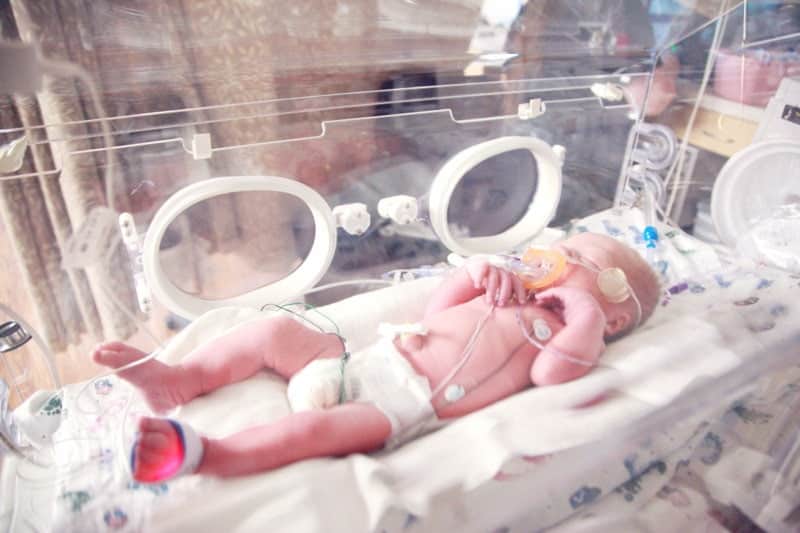
Preterm or premature labour refers to going into labour before 37 weeks of pregnancy. This can result in preterm or premature births. Premature babies can have problems with their brains, lungs, hearts, eyes and other organs. They can also have long-term health issues including intellectual and development delays.
In some cases, an exact cause cannot be found. Risk factors of preterm labour include:
These may include:
If you experience any of the above or think you may be going into preterm labour, contact your gynaecologist immediately.
Your gynaecologist will need to take a detailed history and perform a vaginal examination to check for cervical dilation. Vaginal swabs may need to be taken e.g. Actim Partus to check for the possibility of going into preterm labour in the next 48 hours. Both vaginal swabs and urine samples will be taken to screen for infections. Your baby’s position (head up or down) will be checked. An electronic monitor (cardiotocography/CTG) will be used to monitor your baby’s well-being by checking his/her heartbeat and the frequency of your contractions.
You will need to be hospitalised. Depending on how many weeks pregnant you are, you may require:
If your preterm labour continues despite treatment and you are deemed at high risk of having a preterm birth, your gynaecologist will discuss the appropriate mode of delivery with you (vaginal delivery versus caesarean section). If your preterm labour is successfully treated and your contractions subside, you may be allowed to go home with close outpatient clinic visits.
You do have an increased risk of having premature labour and birth in your subsequent pregnancies, but there are things that can be done to reduce this risk – do speak with your gynaecologist for advice.